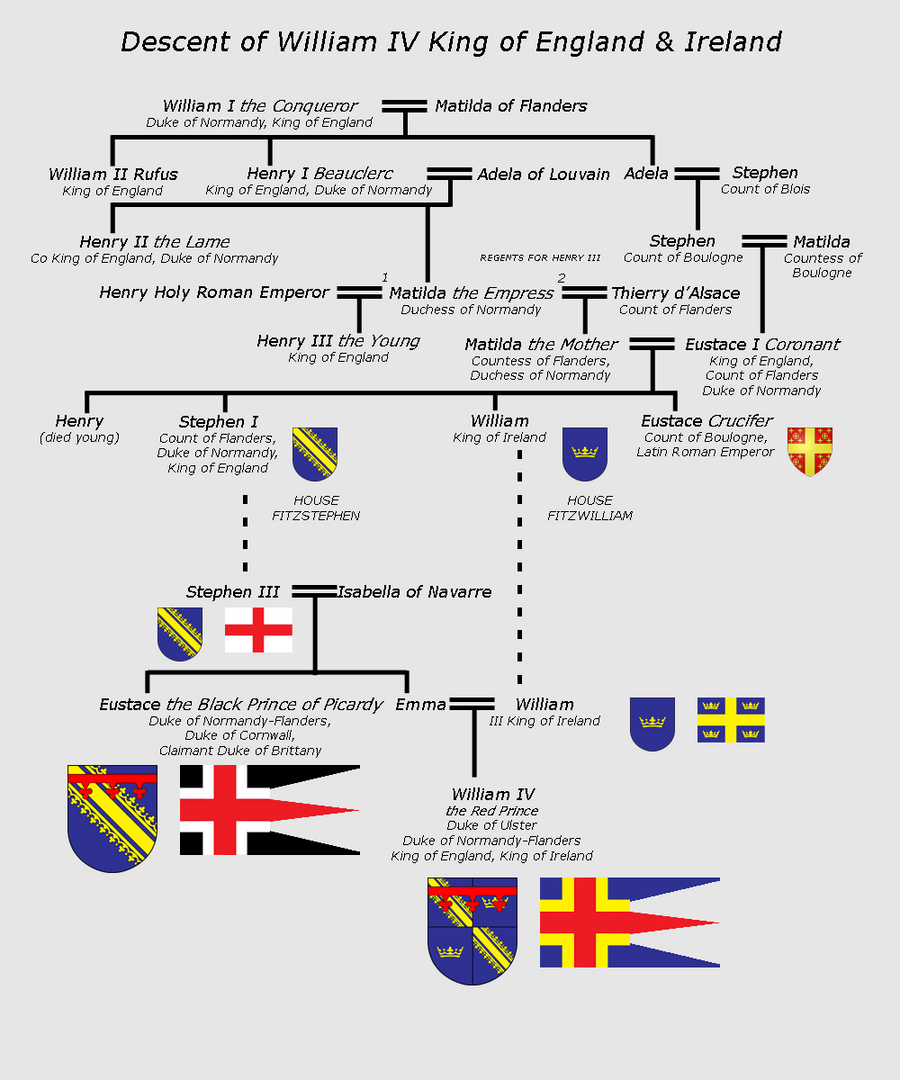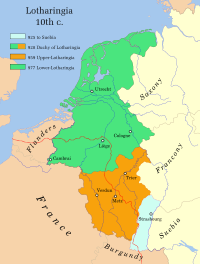Some good flags guys.
And some are disturbingly close to my idea
Occupation or de jure does not matter so long as the flag belongs to a state that holds the "Fields and Beaches".
Thus I can accept any flag from your entry (Btw which First Regiment Flag IS your entry?)
And some are disturbingly close to my idea
Further question - does it have to be de jure rule of the regions, or can the state be based in part of the area but undertake an occupation of the rest? Also, does the entry flag have to be the national flag, or can it be a flag of the nation?
Occupation or de jure does not matter so long as the flag belongs to a state that holds the "Fields and Beaches".
Thus I can accept any flag from your entry (Btw which First Regiment Flag IS your entry?)


















